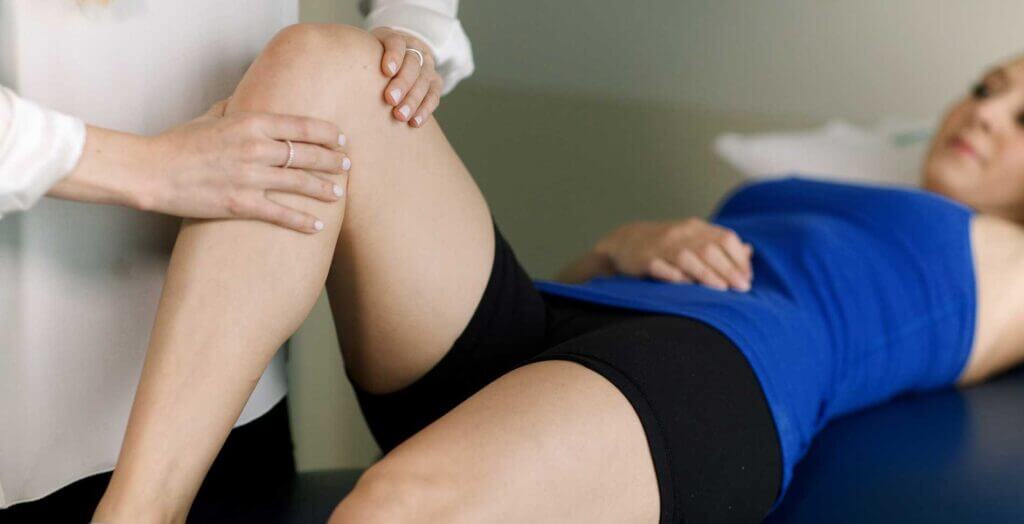
Osteoarthritis is a common joint condition that affects millions of people around the world. It mostly occurs in older adults but can also affect younger individuals due to injury, overuse, or genetic factors. This condition causes the cartilage in the joints to break down, leading to pain, stiffness, and swelling. Osteoarthritis therapies focus on reducing discomfort and improving mobility.
What is Osteoarthritis?
Osteoarthritis is a degenerative joint disease that usually affects the knees, hips, hands, and spine. It happens when the cartilage that cushions the bones wears away. As a result, the bones rub against each other, causing pain and reduced movement. This can make daily activities such as walking, climbing stairs, or even gripping objects difficult.
Symptoms of Osteoarthritis
The symptoms of osteoarthritis vary from person to person. Some people may experience mild discomfort, while others may find it difficult to move. Common symptoms include:
-
Pain in the joints
-
Stiffness, especially after rest
-
Swelling around the joints
-
Decreased range of motion
-
A crunching or grinding sound when the joint moves
Early diagnosis can help slow the progression and manage symptoms better.
Causes of Osteoarthritis
There are several reasons why osteoarthritis may develop. Some of the major causes include:
-
Aging: As we grow older, the wear and tear on joints increase.
-
Genetics: Family history can play a role in developing osteoarthritis.
-
Injury: Previous joint injuries can increase the risk.
-
Obesity: Extra body weight puts more pressure on joints.
-
Overuse: Repetitive motion or hard physical work can strain joints.
Understanding the causes helps in choosing the right treatment and lifestyle changes.
Goals of Osteoarthritis Therapies
Therapies for osteoarthritis are aimed at:
-
Reducing joint pain
-
Improving joint function
-
Slowing down joint damage
-
Increasing mobility
-
Enhancing the overall quality of life
Therapies can include medication, physical methods, or lifestyle changes depending on the severity.
Physical Therapy
Physical therapy is one of the most effective ways to manage osteoarthritis. It includes exercises to strengthen muscles around the joints and improve flexibility. A therapist may guide the patient through:
-
Stretching exercises
-
Low-impact aerobic activity like walking or swimming
-
Strengthening exercises
-
Balance and posture training
Regular physical therapy sessions can greatly reduce pain and stiffness.
Medications
Medications are often used to reduce pain and inflammation. They are usually prescribed based on the patient's condition and overall health. Some common types include:
-
Pain relievers like acetaminophen
-
Nonsteroidal anti-inflammatory drugs (NSAIDs)
-
Topical creams that are applied to the skin over the joint
-
Corticosteroid injections for temporary relief
These drugs help make movement easier and reduce daily discomfort.
Assistive Devices
Using support devices can ease the pressure on joints. Some examples include:
-
Canes or walking sticks
-
Shoe inserts
-
Braces or sleeves
-
Raised toilet seats and grip bars at home
These tools help maintain independence and reduce strain on affected joints.
Weight Management
Carrying extra weight increases stress on joints, especially the knees and hips. Weight loss is often recommended as part of therapy. A healthy diet and regular physical activity can help manage weight. Even a small reduction in weight can lead to noticeable relief in joint pain.
Heat and Cold Therapy
Applying heat or cold to the joints is a simple and cost-effective therapy. Heat helps relax muscles and increase blood flow, while cold therapy reduces swelling and numbs sharp pain. Alternating between hot and cold packs is often suggested depending on the pain level.
Occupational Therapy
Occupational therapy helps people adapt their environment and activities to live better with osteoarthritis. An occupational therapist may suggest:
-
Changing how certain tasks are done
-
Using special tools to reduce joint stress
-
Setting up a home environment to make it safer and easier to move around
This kind of therapy helps in maintaining daily routines without added pain.
Alternative Therapies
Some individuals also try alternative methods to manage osteoarthritis symptoms. These may include:
-
Acupuncture
-
Massage therapy
-
Herbal supplements (under medical guidance)
-
Yoga or tai chi for gentle movement and relaxation
While not a replacement for medical treatment, these therapies can support overall wellness.
Surgery for Severe Cases
When pain becomes unmanageable and mobility is severely limited, surgery may be considered. Types of surgical treatments include:
-
Joint replacement (especially knee or hip)
-
Arthroscopy (to clean the joint)
-
Realignment of bones
Surgical options are usually recommended when other treatments fail to provide relief.
Lifestyle Changes
Daily habits can have a big effect on osteoarthritis. Helpful lifestyle changes include:
-
Regular low-impact exercise
-
Eating a diet rich in anti-inflammatory foods
-
Avoiding joint overuse
-
Getting enough sleep and rest
-
Staying mentally active to cope with chronic pain
A combination of lifestyle and therapy is often the most effective approach.
Early Intervention Matters
The earlier osteoarthritis is diagnosed, the better the outcome. Starting treatment early helps slow down the joint damage and keeps the person active for longer. Regular checkups, awareness of symptoms, and open discussion with healthcare providers can lead to timely management.
Conclusion
Osteoarthritis therapies are designed to ease pain, improve movement, and maintain daily function. Every person responds differently, so treatment plans are usually personalized. Combining medication, physical therapy, lifestyle changes, and in some cases, surgery, can offer great relief. Early action and consistent management play a key role in long-term comfort. If you or someone you know is facing joint pain, consult a specialist to explore suitable options.
For expert care and modern osteoarthritis treatment, Hash Clinics offers professional and compassionate support to help you live a more active and pain-free life.
Comments on “Osteoarthritis Therapies and How They Help Manage Joint Pain”